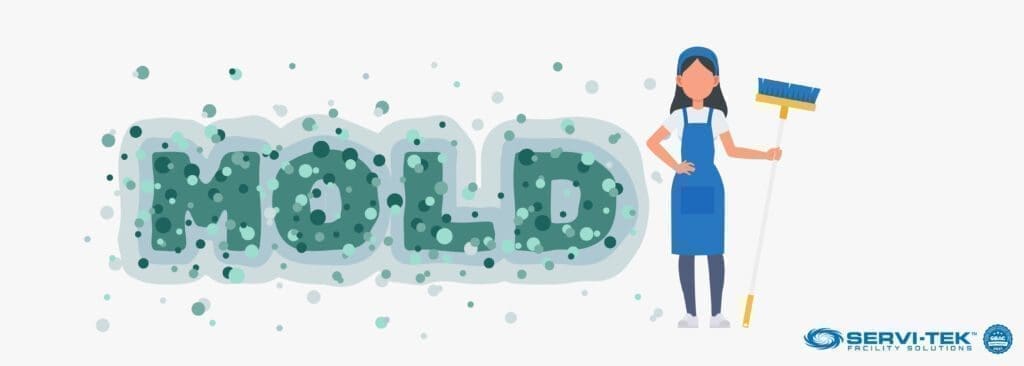
Black mold is a hidden danger that can lurk unseen in dark, damp locations across many different types of commercial buildings. After multiple public health scares, it is also a highly misunderstood threat among many people. In this article, we will explain everything you need to know about black mold from a building safety perspective.
Are the dangers of black mold exaggerated or underestimated? What are the adverse health effects from black mold exposure? What are the symptoms of black mold exposure? How are mold allergies treated? What is the best way to remove black mold? Find answers to these questions and more, right here!
What is Black Mold?
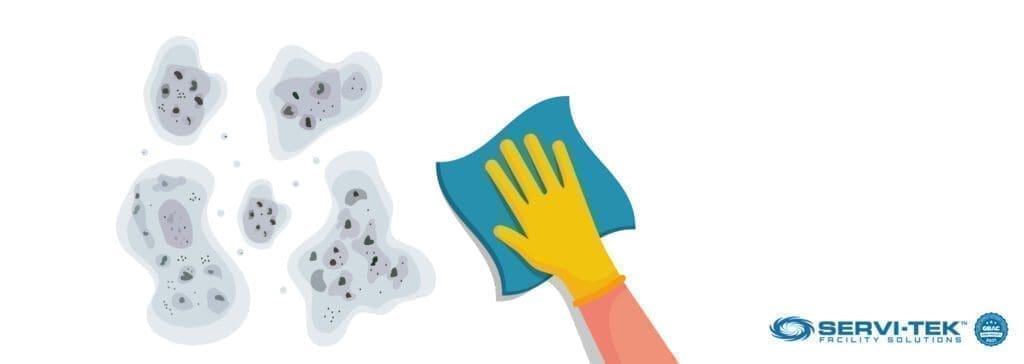
A mold is a type of dust-like structure formed by several species of fungi. Mold is primarily made up of the seeds of fungi, which are called fungal spores. Along with spores, the mold structures may also contain other chemicals which are secreted by the fungi, some of which can be toxic to humans.
Mold is a common sight in damp, dark, and poorly ventilated corners of homes and other buildings that suffer from water damage. It can appear in many colors – white, grey, green, yellow, brown, and of course, black. When you see the mold appear in black patches on walls and ceilings, that is when it is called “black mold.”
There is considerable anxiety in the general public about the threats posed by black mold. It is widely considered a danger to health (and quite rightfully so), but usually not for the right reasons. Let’s explore why that is the case.
What Causes Black Mold?
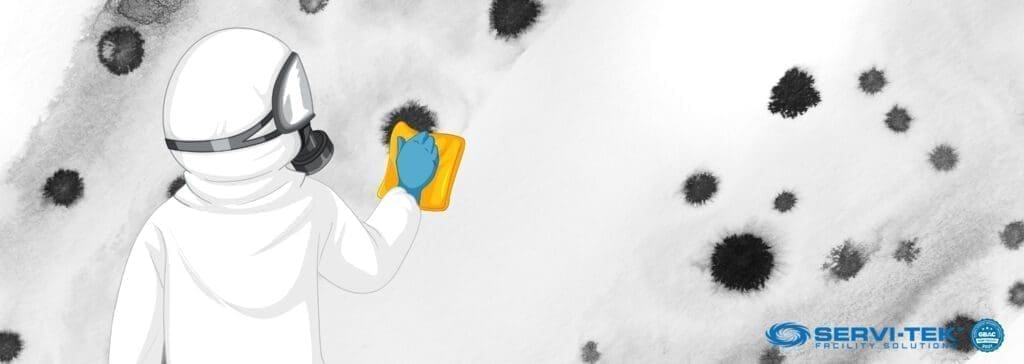
As already noted above, many different species of fungi can cause mold formation in buildings. Contrary to popular belief, black mold is not a particular organism. It is like a fever – just as a fever can be caused by many different germs, black mold can also be the result of the action of several different species of fungi, including the following:
- Nigrosporasphaerica
- Cladosporium
- Pithomyces
- Dresclera
- Aureobasidium
- Ulocladium
- Stemphylium
All these types of fungus are extremely common outdoors, particularly in damp rotting wood, and dead leaves. According to the Environmental Protection Agency, fungi and mold are essential for the ecological process of converting dead plants and wood into nutrients for living plants. For these fungi to thrive in our buildings, the following conditions are essential:
- A rich source of cellulose, their primary food
- Dampness (water damage), and high humidity above 70%
- Enough oxygen, but not constant ventilation
- Shade and protection from direct sunlight
- Warm temperatures between 40F to 100F
Bathrooms provide the ideal combination of conditions for the growth of mold since they tend to be very damp and often poorly ventilated. Basements are another popular zone colonized by fungi. But they can also colonize other areas where there is a source of cellulose – wood, drywall, and wallpapers.
Any building/rooms that have been flooded or that have a water leak are vulnerable to the growth of these fungi. But when we talk about “black mold,” we are not worried about these 6-7 different species of relatively harmless fungi.
None of these species are known to create any dangerous toxins associated with black mold, or “toxic black mold.” That dubious honor goes to a very specific species of fungi – Stachybotryschartarum.
What Is Black Toxic Mold?
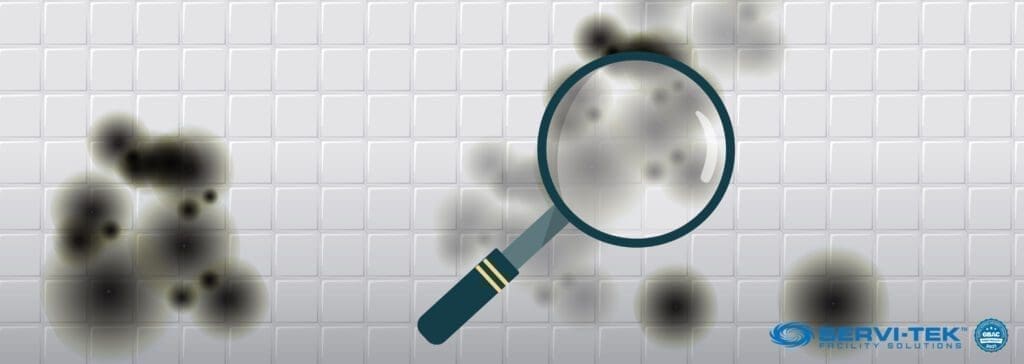
Stachybotryschartarum is the fungus that is commonly referred to as the “toxic black mold” or simply “black mold.” Discovered originally in 1818 by the famous German naturalist Christian Gottfried Ehrenberg, stachybotrys is a very rare, slow-growing fungi.
Due to its slow growth, it cannot compete with other mold and fungi. Buildings give them the ideal growing conditions, with plenty of wood surfaces, dampness, warmth, and protection from other fungi.
Since at least the 1930s, S. chartarum has been linked to health problems in both humans and animals, but without firm scientific proof.
What we do know for a fact is that sometimes, under ideal conditions, this fungus can produce dangerous toxins that may pose a serious health risk. These chemicals are called trichothecene mycotoxins.
Black mold became firmly entrenched in our popular consciousness in the 1990s, after a tragic incident in Cleveland, Ohio. In 1993-94, a deadly outbreak of sudden intense bleeding and death among infants (acute idiopathic pulmonary hemorrhage) was reported in Cleveland.
Around 10 young infants died in this outbreak. Early reports indicated that traces of S. chartarum mold toxins were found inside the houses of most victims. This immediately created a news sensation and the threat of toxic black mold received widespread coverage.
Although the Cleveland incident was extensively investigated by the Centers for Disease Control (CDC) they could not find sufficient evidence of any direct link between the infant deaths and S. chartarum.
Is Black Mold Dangerous To Health?

The colors of a mold are not a reliable indicator of its threat level. Yes, black mold can be dangerous if the fungi causing it is S. chartarum. But that species of fungi can also cause mold to appear in other colors like greenish yellow.
To complicate matters further, S. chartarum is not the only fungus that can cause black mold. Other types of mold like Nigrospora and Cladosporium are more frequently known to create black mold in our buildings. And unlike S. chartarum, these species do not create any toxins.
But even mold that does not have any toxins can cause serious health problems. Children, seniors, and adults with allergies and asthma can develop worse symptoms like coughing and wheezing from exposure to any mold, not just black mold.
When you touch, shake, or disturb the mold in any way, it releases millions of spores. When you breathe in these spores, it can trigger asthma attacks and other allergic reactions, sneezing, wheezing, and other symptoms of lung disease. If the mold contains toxins (called mycotoxins) they can enter our body through the air or by contaminating the food/water.
To summarize, any kind of mold has the potential to cause serious health issues. They are particularly dangerous for the following individuals:
- Infants and young children
- Seniors
- Individuals with a weakened immune system
- Individuals with allergies/asthma
Don’t feel safe just because the mold is some other color! Any kind of mold is bad news for your building and the best thing to do is to remove it as soon as possible.
What Are The Health Effects Of Exposure To Black Mold?
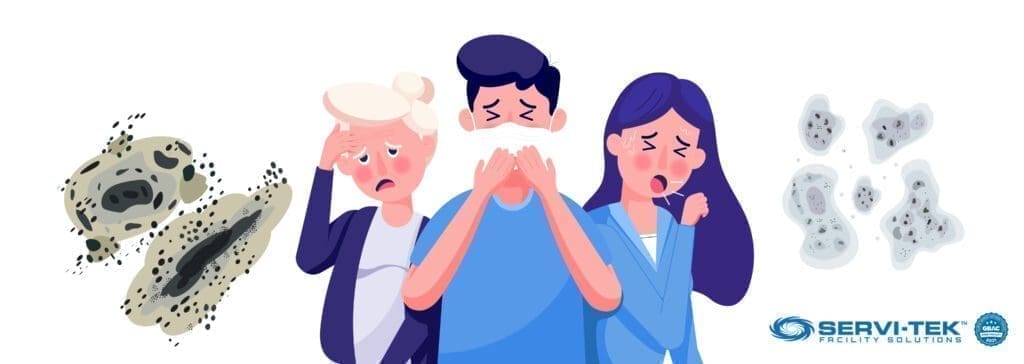
The effects of black mold on human health can be split into two separate and somewhat unrelated categories. On the one hand, you have the allergy impact of prolonged exposure to black mold spores, which can appear in people with asthma and other respiratory conditions like chronic obstructive pulmonary disorder (COPD, often seen in the elderly).
The other type of mold sickness is relatively rare but can be severe. This involves exposure to black mold spores and mycotoxins from S. chartarum. The effects of black mold poisoning are less well understood, but there are indications that exposure to mycotoxins may lead to severe neurological issues.
Allergy Signs Of Black Mold Exposure

Black-colored mold does not trigger any unique allergy response in the human body. The mold allergy symptoms are common across all types of spores, across various fungi species. The most common symptoms include:
- A stuffed nose
- Wheezing
- Coughing
- Throat irritation
- Itchy eye
- Headaches
In cases of individuals with COPD or severe asthma, exposure to mold spores may trigger symptoms like fever, shortness of breath, and other respiratory issues. These allergy symptoms are more likely when the mold spores are inhaled.
Symptoms Of Exposure To Black Mold Mycotoxins
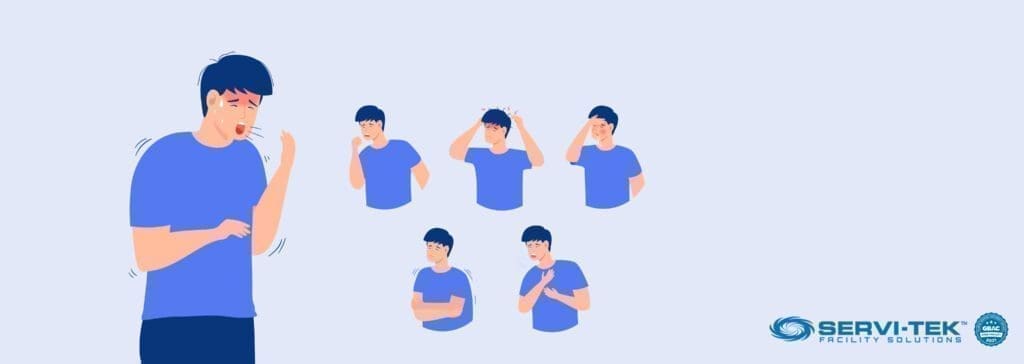
In the 1930s, researchers in Russia suspected that S. chartarum mycotoxin caused health issues in animals (horses, cows, etc.) as well as humans. This was called mycotoxicosis. In the modern era, the following non-allergic symptoms have been linked to exposure to mycotoxins from black mold:
- Digestive issues
- Fatigue and body pain
- Dizziness and balancing issues
- Anxiety and depression
- Loss of cognitive function
- Memory loss
- Severe fatigue
- Other neurological complaints
With a longer duration of exposure to toxic chemicals, the risk of complications like inflammation, infection, poisoning, and internal hemorrhaging can also increase significantly. The scientific evidence on this aspect is still lacking and we need more research to
If your business facility or office building is affected by suspected black mold, this can lead to severe legal liability. The best option is to get the mold removed promptly by experts in disinfection and cleaning.
What Is The Treatment For Black Mold Exposure?
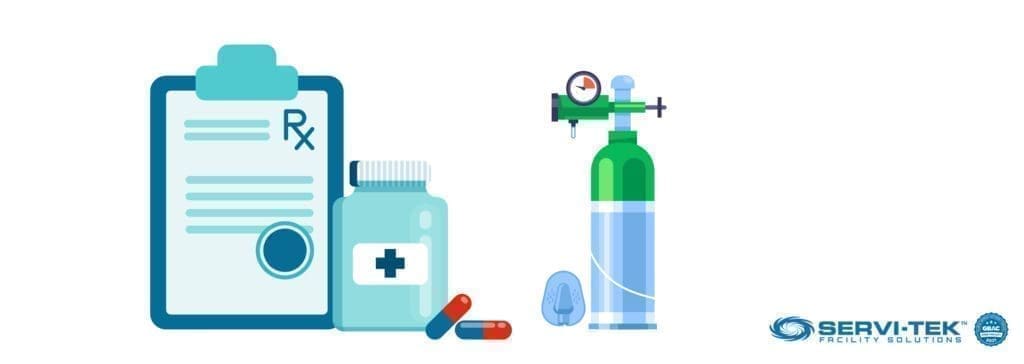
The first step in any treatment for allergies caused by black mold is to remove the source of the mold spores. The doctor may use blood tests or skin tests to see if mold is the main cause of the allergy.
There is no real cure for any kind of allergy induced by mold spores. Apart from preventing further exposure, doctors can prescribe medication to reduce the intensity of the more distressing symptoms:
- Steroid sprays to reduce inflammation in the nose and upper respiratory tract
- Antihistamines to reduce itching, sneezing, and stuffed nose
- Nasal decongestants to provide further relief
Apart from these basic medications, doctors may also suggest lifestyle changes, including humidity control, using masks, and taking additional steps to avoid mold exposure outdoors. In the case of chronic illness from mycotoxin exposure, you may need more advanced treatment procedures like:
- immunotherapy
- emergency detoxification procedures
- oxygen therapy
- cognitive behavior therapy
How To Identify And Remove Black Mold?
To accurately identify S. chartarum black mold, you will have to collect a sample and send it to a lab for analysis. This will take time and cost you hundreds of dollars. If your building is showing signs of a severe black mold infestation (or any color mold), the best thing you can do is remove it immediately.
Signs Of A Black Mold Infestation
Some tell-tale signs can alert you about the presence of a black mold infestation on the premises:
- A distinct musty/earthy smell, or in some instances, an offensive odor similar to rotten vegetables
- Patches or stains of black color on the walls, ceilings, and other surfaces
- Slightly furry spots, mainly black, with other shades like green, brown, or orange
Laundry room, kitchen, bathroom, basement, and other potentially damp or moist areas are the hotspots in a building where the dangers of black mold exposure is the highest.
How Common Is Black Mold?
Mold is incredibly common in many parts of the United States. Some stats indicate that a whopping 70% of all homes suffer from some form of mold damage. The most common species of mold is Cladosporium. The risk of the black mold is very high in areas that suffer from frequent flooding.
Buildings with faulty/outdated plumbing systems are also at an elevated risk of getting mold infestations. It’s much more common than most people anticipate. Mold can thrive in high humidity on surfaces that contain wood/wood pulp. Since these materials are more commonly used in homes (wood paneling, drywall, carpet, and the list continues) they are more vulnerable to mold infestations.
But even though concrete does not contain any food source, black mold can still survive on moisture and the dust that accumulates in office buildings and other commercial buildings.
How To Remove Black Mold From Buildings?
If you catch them early, smaller stains of black mold growth can be cleaned with domestic equipment and cleaning agents. Along with buckets, sponges, and mops, don’t forget to use face masks (preferably with HEPA protection), eye protection, and gloves to keep fungal spore exposure to a minimum.
Potentially effective household cleaning agents include:
- Hydrogen peroxide
- Bleach
- Borax
- Vinegar
- Baking soda
- Detergents
Some of these materials, like bleach and hydrogen peroxide, are quite harsh and can produce fumes. Always keep the work area well-ventilated, if possible. Unfortunately, most cases of black mold are discovered at an advanced stage, where the fungus has spread across a larger surface area. This can happen as it only takes a few days for the fungi to expand, under the right conditions. In situations of this kind, there is only one option: call in the experts.
Get In Touch With The Experts Of Facility Maintenance And Commercial Cleaning
A lasting solution to a toxic indoor mold problem will elude you as long as you don’t remove the source of the moisture. This is where the expert facility maintenance and cleaning teams at Servi-Tek can make a huge difference.
Our mold experts will remove all traces of the mold and also prevent the recurrence of the problem by analyzing the root cause – usually a leak or some other form of water exposure. To learn more about our services, call today at (866) 454-6185 or complete our online contact form.




